The Components and Development of Translation Competence of Translator in the Information Age
DOI: 10.23977/langl.2024.070716 | Downloads: 66 | Views: 1398
Author(s)
Chunyu Yao 1
Affiliation(s)
1 Shanghai University of Political Science and Law, Shanghai, China
Corresponding Author
Chunyu YaoABSTRACT
Translation competence has become one of the indispensable core qualities that translation professionals must be equipped with in the era of information technology. With the emerging technology of computer science, cloud computing, big data and artificial intelligence, translation has witnessed huge changes in the language service industry in terms of translation paradigm and process. This article argues that translation competence is composed of linguistic competence, field specific ability, strategic competence, translation technology competence, cross cultural knowledge and skills, theoretical and practical knowledge about translation, and translation project management ability. The seven components work together to ensure the production of high quality target language from source language. Both student translators and translation professionals are expected to be equipped with all the components of the translation competence aforementioned in the information age. At last, the development of translation competence in student translators is proposed.
KEYWORDS
Translation competence, information age, translation technologyCITE THIS PAPER
Chunyu Yao, The Components and Development of Translation Competence of Translator in the Information Age. Lecture Notes on Language and Literature (2024) Vol. 7: 104-116. DOI: http://dx.doi.org/10.23977/langl.2024.070716.
REFERENCES
[1] Fu, J.M. Translational Competence: Retrospect and Outlook, Foreign Language Learning Theory and Practice, (2015)04, 80-86+95.
[2] Quinci, C. Translation Competence: Theory, Research and Practice. New York: Routledge, (2023).
[3] Xiao, W.Q. On Multi-Component Model of Translation Competence and Test Construct for Translation Assessment, Foreign Language Education, (2012)33(01),109-112.
[4] Schäffner, C. and Beverly, A. Developing Translation Competence, Benjamins Translation Library, Amsterdam: John Benjamins, (2000)x.
[5] PACTE. Building a Translation Competence Model. In Alves, F. (ed.): Triangulating Translation: Perspectives in Process-Oriented Research, Amsterdam: John Benjamins, (2003), 43-66.
[6] Yin, P.A. Analysis on the Relationship Between Translation and Surface Structure & Deep Structure from the Level of Cognition, Foreign Language Education, (2004)05, 79-81.
[7] Shi, C. R. The Objectives of Translation and Their Achievement, Foreign Language Education, (2005)02, 87-90.
[8] Miao, J. Translation Competence Studies: The Basis for Translation Instruction Patterns, Foreign Languages and Their Teaching, (2007)04, 47-50.
[9] Pym, A. Redefining Translation Competence in an Electronic Age. In Defence of a Minimalist Approach, Meta, (2003)47(4), 489-490.
[10] Li, X., Gao, Z. and Liao, H. The Effect of Critical Thinking on Translation Technology Competence Among College Students: The Chain Mediating Role of Academic Self-Efficacy and Cultural Intelligence, Psychology Research and Behavior Management, (2023)16, 1233–1256.
[11] Neubert, A. Competence in Language, in Languages, and in Translation. In Schäffner, Christina and Beverly Adab, (eds.), Developing translation competence, Amsterdam: John Benjamins, (2000), 3–18.
[12] Fraser, J. What Do Real Translators Do? Developing the Use of TAPs from Professional Translators. In Tirkkonen-Condit, S. and Jääskeläinen, R. (eds.), Tapping and Mapping the Processes of Translation and Interpreting, Amsterdam: John Benjamins, (2000), 111-122.
[13] Samulsson-Brown, G. A Practical Guide for Translators(4th edition), Clevedon: Multilingual Matters, 2003.
[14] Kelly, D.A. A Handbook for Translator Trainers: A Guide to Reflective Practice, Manchester: St Jerome Publishing, Translation Practices Explained, 2005.
[15] Göpferich, S. Towards a Model of Translation Competence and its Acquisition: the Longitudinal Study TransComp, Behind Mind, (2009) 4(4),11–37.
[16] Liu, M.Q. Translation Teaching: Practice and Theory, Beijing: China Translation & Publishing Corporation, 2003.
[17] Wen, J. On Translation Competence and Its Development, Shanghai Journal of Translators for Science and Technology, (2004)03,1-5.
[18] Feng, Q.G. On the Formation of Translation Competence from the Cognitive Perspective, Foreign Language Education, (2010)31(06),110-113.
[19] Wei, H.D. Exploration of Construction of a Structural Model for Translator's Translation Ability in the Era of Technological Empowerment and Improvement Strategies, Modern Linguistics, (2024) 12(5), 33-38.
[20] Yang, Z. and Li, D. Translation Competence Revisited: Toward a Pedagogical Model of Translation Competence. In Muñoz Martín, R., Sun, S., and Li, D. (eds.), Advances in Cognitive Translation Studies, New Frontiers in Translation Studies, Singapore: Springer, (2021).
[21] Angelelli, C. Using a Rubric to Assess Translation Ability: Defining the Construct. In Angelelli, C. and Jacobson, H. (eds.), Testing and Assessment in Translation and Interpreting Studies: A Call for Dialogue Between Research and Practice, Amsterdam: John Benjamins, (2009), 13-47.
[22] Xin, Y. A Systematic Study on the Application of Information Technology in Teaching Japanese Translation Courses, Wireless Communications and Mobile Computing, (2022)15, 1-8.
[23] Liu, K., Kwok, H.L., Liu, J. and Cheung, A.K.F., Sustainability and Influence of Machine Translation: Perceptions and Attitudes of Translation Instructors and Learners in Hong Kong, Sustainability, (2022)14(11), 6399.
[24] Wen, J. and Mu, L. A Study on the Courses Offering of MTI, Foreign Language Education, (2009)4, 92-95.
[25] Olohan, M. Technology, Translation and Society: A Constructivist, Critical Theory Approach, Target, (2017)29, 264-283.
[26] Wang. S.S. and Qin, J.H. Constructing Technological Competence System for Translators in the Context of Big Data-Review of A Practical Course in Translation Technologies, Technology Enhanced Foreign Language Education, (2018)1, 90-96.
[27] Ye, N., Zhang, G.P., Han, Y. D. and Cai, D. F. From Computer-assisted Translation to Collaborative Translation, Journal of Chinese Information Processing, (2012)26(06), 1-10.
[28] Wang, Y. and Ji, D. The Components of Translation Technology Competence in the Era of Artificial Intelligence. In: Sugumaran, V., Sreedevi, A.G., Xu, Z. (eds) Application of Intelligent Systems in Multi-modal Information Analytics. ICMMIA 2022. Lecture Notes on Data Engineering and Communications Technologies, Cham: Springer, (2022)136.
[29] Esfandiari, M. R., Shokrpour, N., Rahimi, F., Chaemsaithong, K. and Chaemsaithong, K. An Evaluation of the EMT: Compatibility with the Professional Translator’s Needs. Cogent Arts & Humanities, (2019)6(1), 1601055.
[30] Ramos, F. P. Revisiting Translator Competence in the Age of Artificial Intelligence: the Case of Legal and Institutional Translation, The Interpreter and Translator Trainer, (2024)18(2), 148-173.
[31] Feng, Q.G. and Liu, M. Towards the Construction of a Three-Dimension Model of Post-Editing Competence, Foreign Language World, (2018)3, 55-61.
[32] Zhu, Y. Construction of Translation Technical Competences System Model for English Majors and its Improvement Paths, Journal of Hunan University of Humanities, Science and Technology, (2023)40(01),105-109.
| Downloads: | 48694 |
|---|---|
| Visits: | 925576 |
Sponsors, Associates, and Links
-
Journal of Language Testing & Assessment
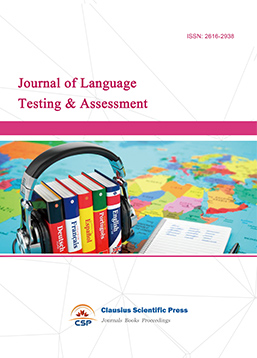
-
Information and Knowledge Management
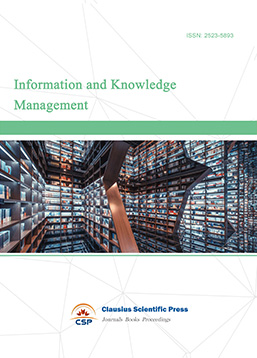
-
Military and Armament Science
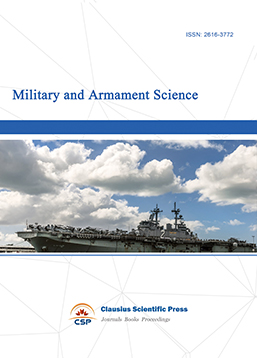
-
Media and Communication Research
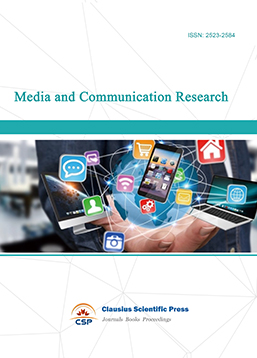
-
Journal of Human Movement Science
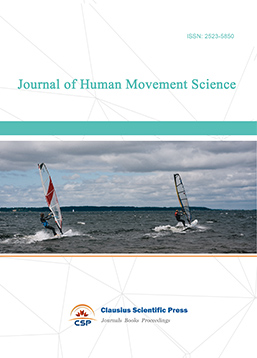
-
Art and Performance Letters
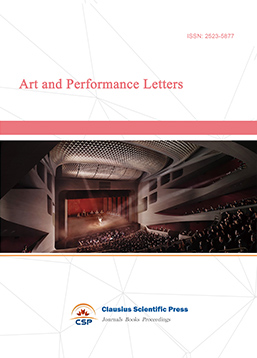
-
Lecture Notes on History
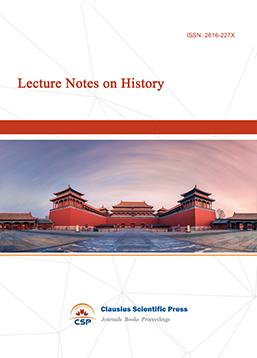
-
Philosophy Journal
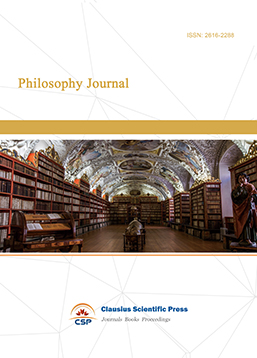
-
Science of Law Journal
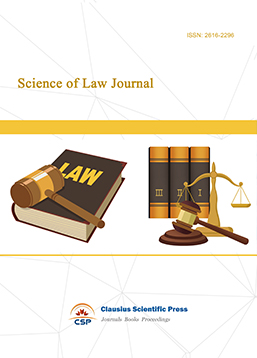
-
Journal of Political Science Research
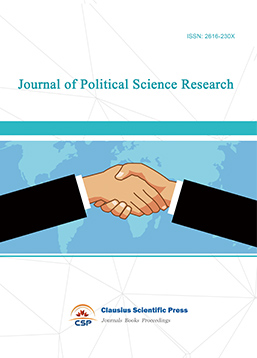
-
Journal of Sociology and Ethnology
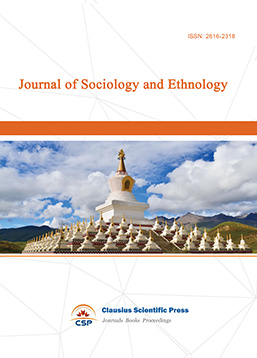
-
Advances in Broadcasting


 Download as PDF
Download as PDF